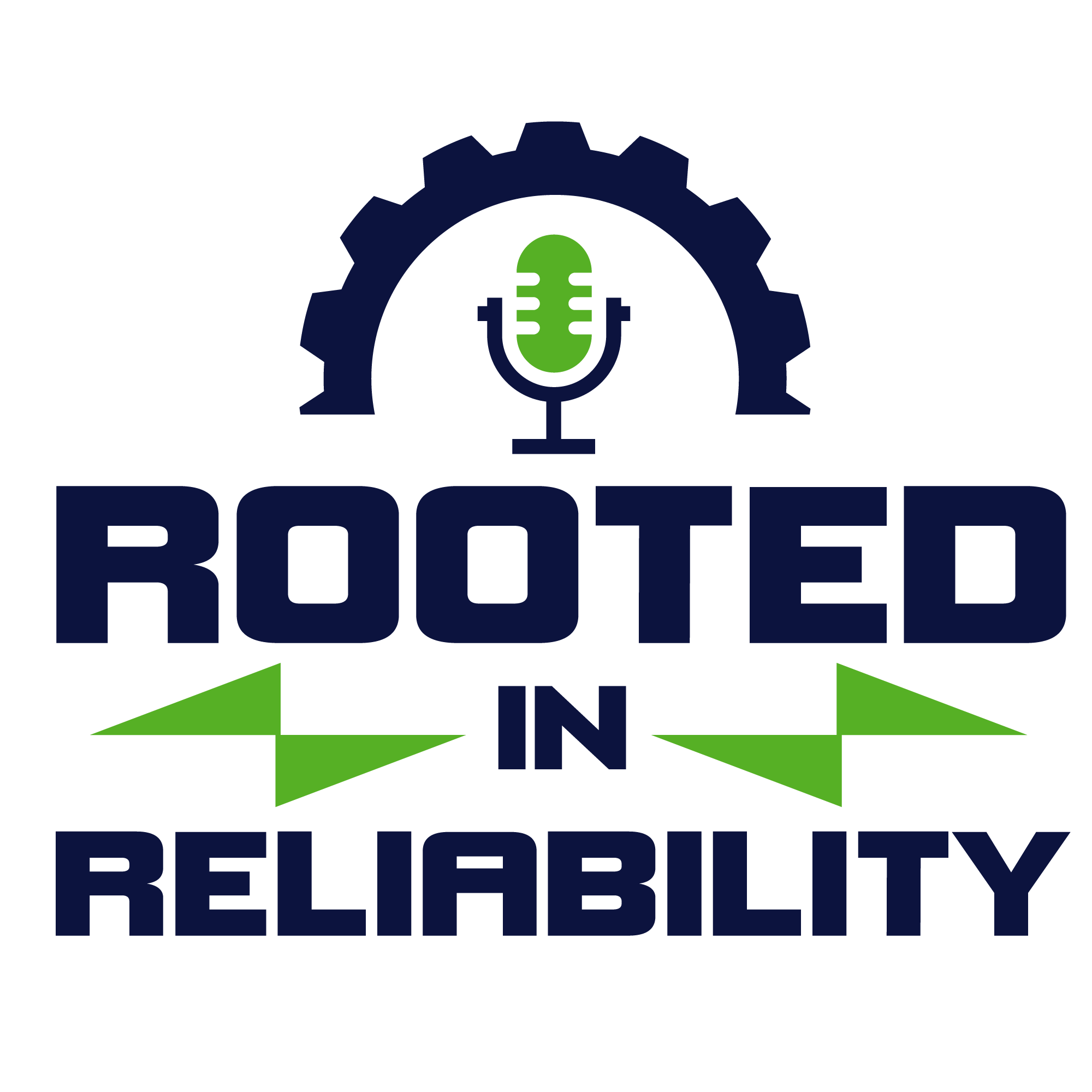The 5 Levels of Maintenance Scheduling
This episode of the weekly episode is about 5 levels of maintenance scheduling. These levels are a hierarchical series of schedule plans which really help to improve the scheduling process of any organization. These are:
- The 52-week schedule is the start of the implementation of these levels which provides the foundation of the Scheduling Horizon system. It enables the operation to focus on the exceptions, not the norms. The 52-week schedule is a high-level view of the reoccurring work. This includes Inspection and Planned Maintenance as this can continue for a whole year. Once the reoccurring work has been identified, it needs to be leveled. This ensures there is a consistent amount of reoccurring work each week. This level workload establishes the equipment requirements each week. This can be integrated with the operations scheduling to further define equipment requirements. An important note with 52-weeks scheduling. Specific work orders are not identified during this horizon. The schedule only looks at capacity requirements.
- Once the work is prioritized, it begins to fill the 16 weeks. This allows the site to develop a short-term strategic plan. Using this 16-week schedule, a robust schedule can be developed with operations while identifying which processes or systems can be planned down for a particular week. During the horizon, all reoccurring work and all newly identified work is specified with work orders. This enables the Planner to identify material, resource and equipment constraints and work to optimize the schedule. Any given week from week 5 to 16 has approximately 60% of capacity filled with work.
- The 4-week schedule is a tactical schedule. During this period the exact dates and times of the planned downtime windows are finalized with operations. The Planner continues to refine the schedule and finalize all material and resource availability issues. During week 2 to 4 approx. 80% of our capacity has been filled with work.
- It is also a tactical schedule. The 1-week schedule is typically a snip of the 4-week schedule. It is during this time that 100% of capacity is filled with work, resulting from priority corrective and breakdown work, along with pulling ahead any work as needed. This is the last horizon in which the Planner will touch the schedule. It is then handed over to the Maintenance Supervisor at least 3 days before the start of the week.
- The Daily or Shift schedule is managed by the Maintenance Supervisor. They have the schedule for the week and know their crew really well by now. Giving the Maintenance Supervisor the ability to manage the work on their crew allows them to address any manpower and operational issues, providing the best service for the business. Daily Work Prioritization Meetings can be called for processing all the work requests.
This seems like a time-consuming approach but having a workable schedule saves a lot of headaches and always betters the wrench time in the end. But the key is to solve the problem in a better way and then make it consistently good.
References:
- Maintenance Planning & Scheduling Course: Planning for Profitability
- Maintenance Planning & Scheduling by Doc Palmer
- Episode E11 – What is a Well Written Job Plan
- 2016 SMRP Conference
The post 13 The 5 Levels of Maintenance Scheduling appeared first on Accendo Reliability.

